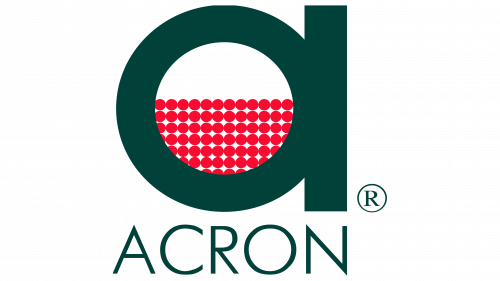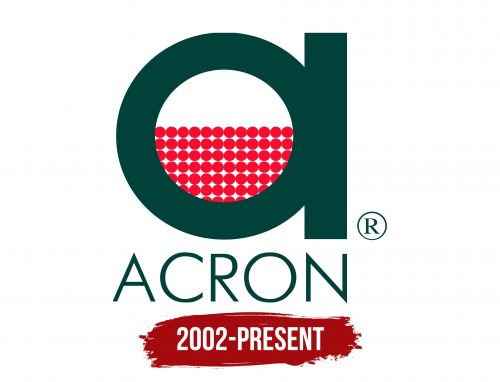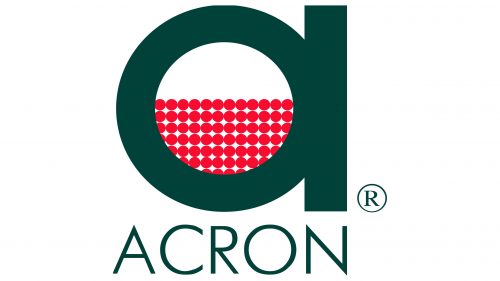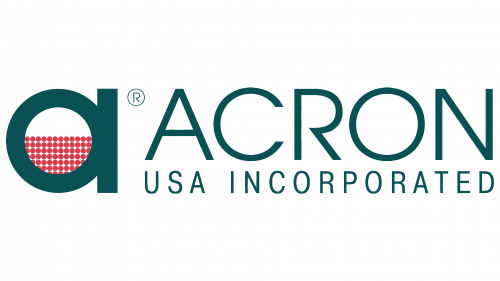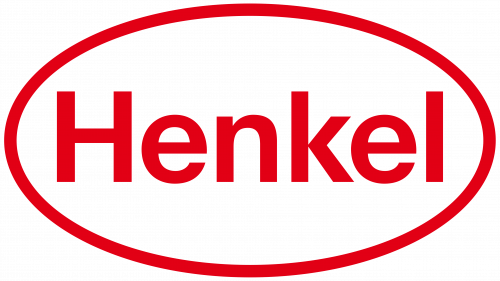The Acron logo might seem too simple and not expressive enough for a company that produces mineral fertilizers. The abstract symbols do not convey the brand’s essence, although the unusual geometric shapes and bright colors effectively attract attention.
Acron: Brand overview
The decision to construct the Novgorod Chemical Plant in 1961 began ACRON’s history. The USSR’s chemical industry was actively developing during this time, and the new facility sought to become a preeminent business in the field.
Construction started in 1962. This massive undertaking required thousands of laborers and experts across the Soviet Union. Novgorod was selected due to its strategic location near ports on the Baltic Sea and important industrial hubs.
An important milestone in the plant’s history was reached on June 7, 1967, when the first product was manufactured. The factory began to produce urea and ammonia, which are needed to make mineral fertilizers. This event began the plant’s operating activities as a potential industry giant in the chemical industry.
In the ensuing ten years, the plant experienced remarkable growth. In the 1970s, new plants were serviced to produce nitroammophoska and ammonium nitrate. The plant’s position in the fertilizer market was strengthened, and its product range was greatly expanded.
The facility reached a significant milestone in 1974 when it was named “Azot.” This name reflected the plant’s principal focus on manufacturing nitrogen fertilizers.
“Azot” kept raising its production capacity in the 1980s. New units were serviced to produce urea, ammonia, and other goods. By the end of the Soviet era, the factory became one of the nation’s major fertilizer manufacturers.
The facility faced enormous obstacles due to the fall of the Soviet Union and the shift to a market economy. “Azot” became a corporation in 1992 and changed its name to JSC “Novgorod Production Association ‘Azot.'” This period was characterized by a challenging economic climate, dwindling product demand, and the requirement to adjust to shifting market conditions.
When the facility selected JSC “Acron” as its current name in 2002, it marked a significant turning point in its history. This signaled the start of a new stage of growth that included market expansion and international entry.
The enterprise started engaging in active investment activities in the 2000s. 2005, it bought several foreign and Russian assets, notably the Hongri Acron complex fertilizer facility in China.
A significant milestone was achieved in 2008 when it launched its initial public offering (IPO) on the London Stock Exchange. This improved its standing as a global business and brought in more money for development.
Over the ensuing years, the organization carried out significant investment initiatives, one of which was developing its raw material base. The business first developed the Oleniy Ruchey apatite-nepheline ore deposit in the Murmansk area in 2012.
Meaning and History
What is Acron?
It is a leading Russian chemical company that produces mineral fertilizers and other chemical products. The Company operates in a vertically integrated structure covering the entire production chain from raw material extraction to producing and selling finished products. The company’s product portfolio includes a wide range of nitrogen, complex fertilizers, and industrial chemicals. It operates in agricultural markets worldwide, contributing to higher crop yields and sustainable agricultural development.
2002 – today
The Acron logo features a stylized lowercase “a” composed of a ring and a vertical rectangle. Its geometric design appears overly simple and does not reflect the company’s innovation. No elements indicate technological advancement, which is crucial in the fertilizer industry.
The creators tried to address this shortcoming by adding a red hemisphere filled with numerous small circles inside the letter. Initially, the dots were meant to represent the granules of mineral fertilizers produced by Acron. At the very least, the pattern was supposed to symbolize seeds or soil, hinting at the connection to agriculture.
However, the designers failed to convey this idea effectively, as the hemisphere of red circles lacks an obvious meaning, especially for those unfamiliar with the company’s products. This reduces the logo’s marketing effectiveness despite making it memorable.
The choice of red is also not ideal. For some, it symbolizes energy and fertility; for others, it represents danger and warning. Since red often denotes aggression, it may be perceived negatively in some cultures, adversely affecting the brand’s image in the international market. The dark green color used for the other logo elements does not balance it out.
The white space above the red semicircle creates a sense of incompleteness and insufficiency. This makes the “a” look like an illustration of the rhetorical question about a glass being half-empty or half-full, which is an unfortunate association. A fertilizer company’s logo should exude confidence, not doubt.
Below the graphic symbol is the name Acron, written in uppercase letters. Its thin sans-serif font closely resembles FuturaClassic Light by Wiescher-Design or Futura Futuris Light by ParaType. While it adds solidity and professionalism to the inscription, its standard style might appear too austere, even lacking individuality.
